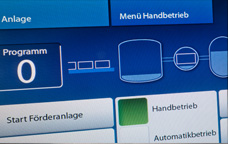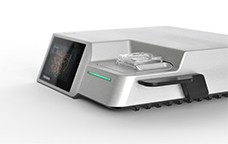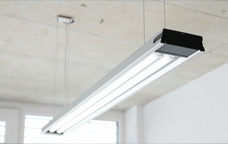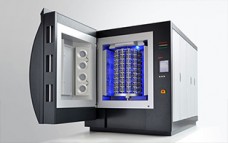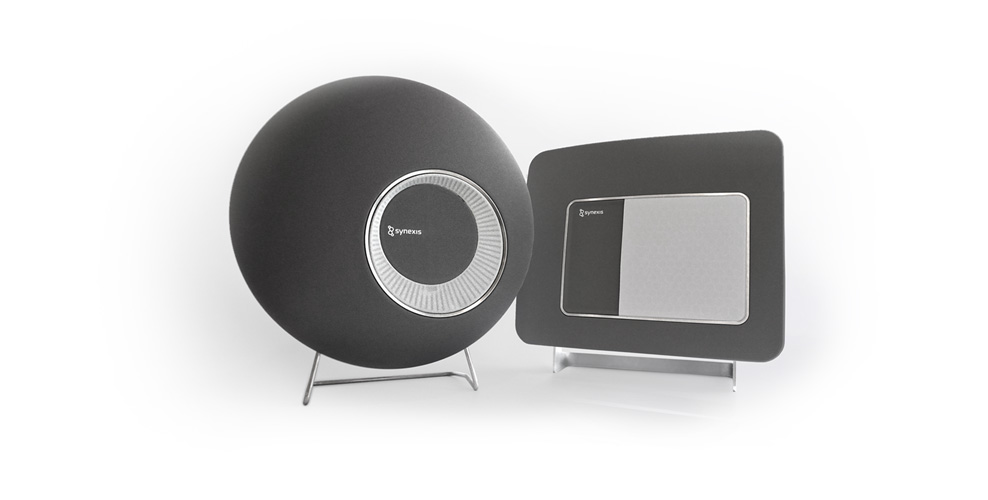
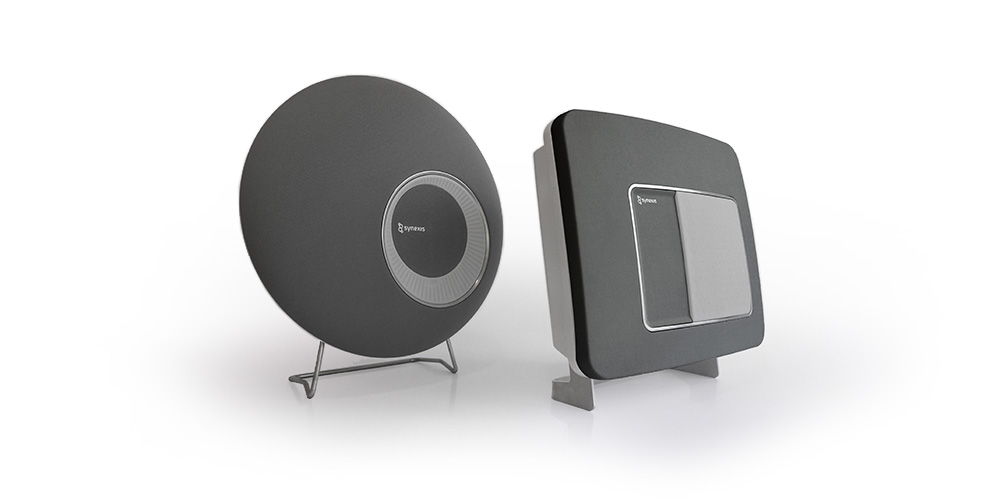
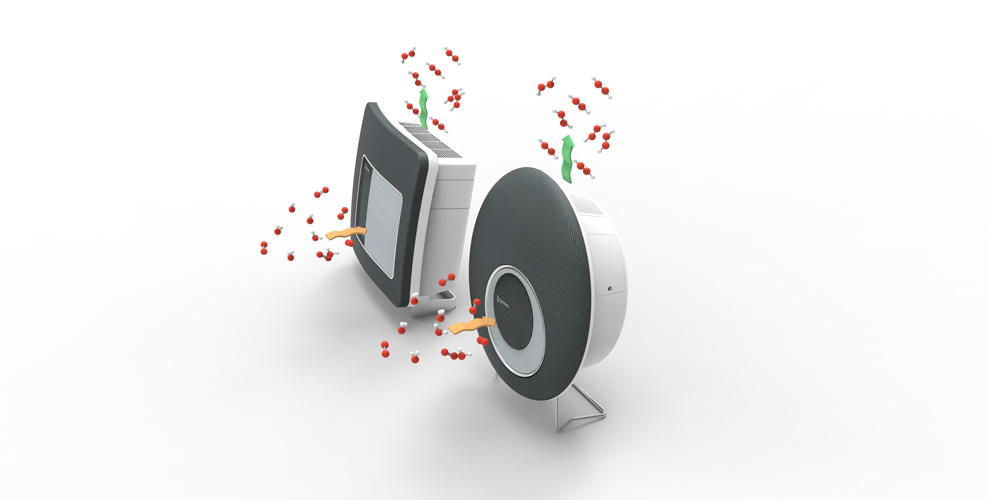

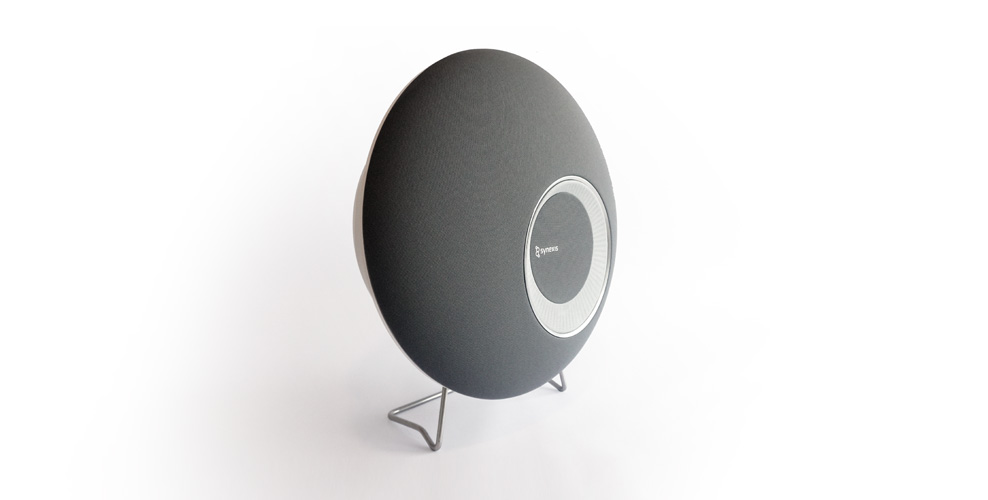
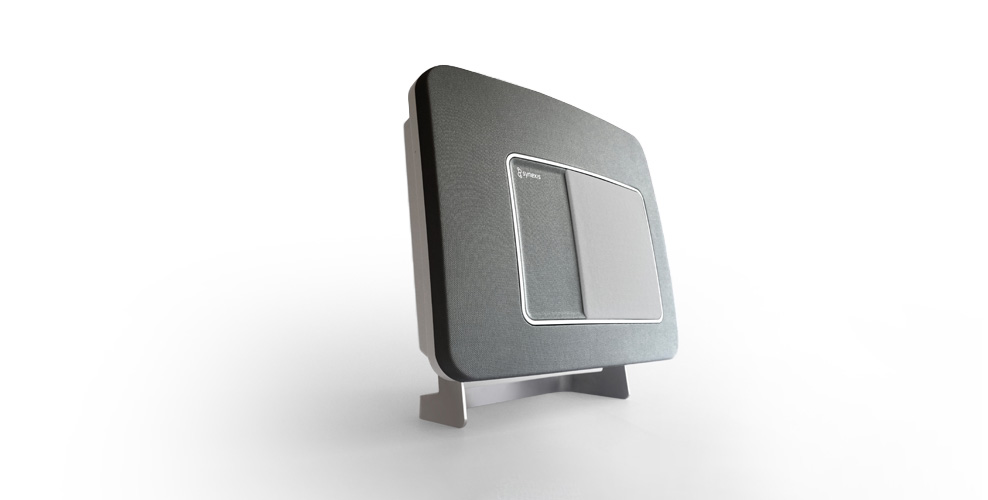
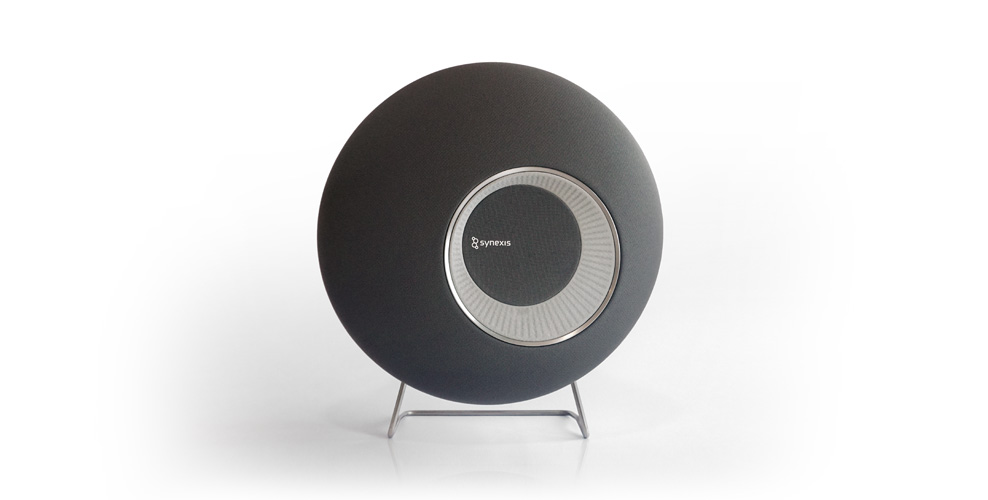
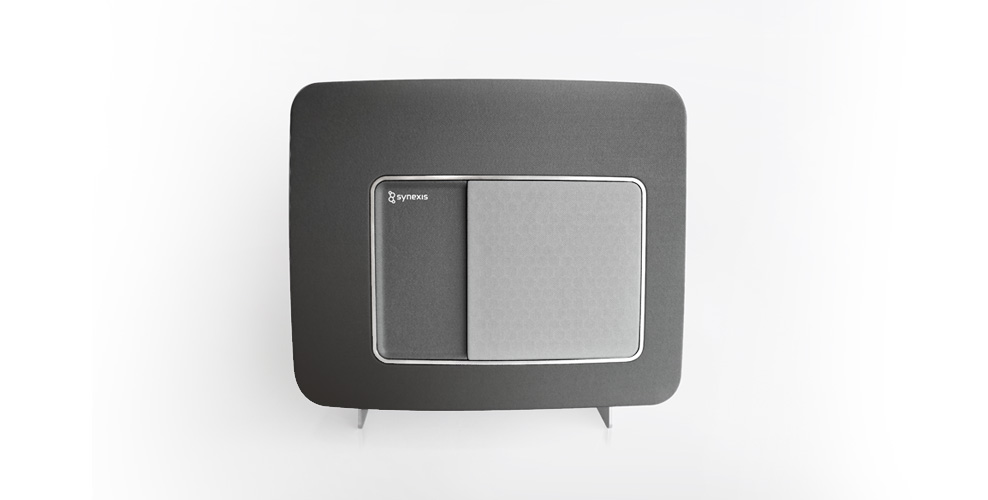
Synexis Sphere & Cube
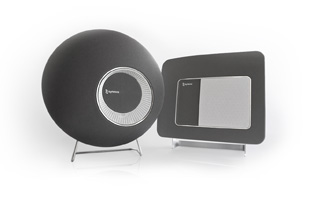
Microorganism reduction
Enclosed space air quality is rarely in good condition - without proper ventilation it is often contaminated with hazardous substances such as bacteria, viruses and fungal spores. This is especially true in public spaces such as schools, hotels, hospitals, and office buildings where these contaminations exist in higher concentrations. Especially individuals with a weak immune system face increased health risks in these areas.
This problem might soon be history: The US american company Synexis LLC developed a procedure that is able to mitigate up to 90% of bacteria, viruses and fungi in ambient air. The patented procedure does not need packaged chemicals and emits neither ozone nor unpleasant smells but instead produces Hydrogen Peroxide Gas to create an immune system for a building. "Dry Hydrogen Peroxide" is produced as air passes through the device. The integrated fan generates an air stream that passes through a catalyst coated sail which is activated by a UV-A lamp. On the sail, oxygen and water molecules from the air react to generate Non-Aqueous Hydrogen Peroxide which is blown out of the device in a very small concentration between 5 ppb and 25 ppb. This translates to 5 to 25 Hydrogen Peroxide molecules per one billion molecules in the ambient air. This tiny amount is still sufficient to rid the air of pathogenic germs while reducing the amount of unwanted bugs, house flies and mosquitoes, leaving them unable to live and reproduce in the environment.
Two types of devices
While "Sphere" follows a round basic geometry, the "Cube" is based on an upright, slim cuboid. The technology and the mechanism of action are similar for both devices.
The most important factor while designing the inner mechanism was finding a compact and quiet fan. To upgrade the existing axial fan design, defortec chose to use a modern centrifugal fan that led to a noise reduction from 85 dB to 46 dB. The fan has been through extensive testing and optimization by a German fan manufacturer to make sure the product can match today‘s high demands on performance and quietness. The fabric that is integrated to the device comes from a German company that not only manufactures, but also applies the individual fabrics to the devices, making it the most cost-efficient supplier while still providing for versatile individualization of the fabric fronts.
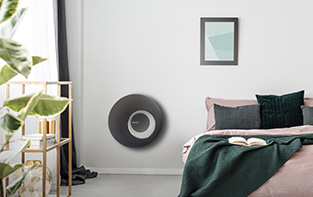
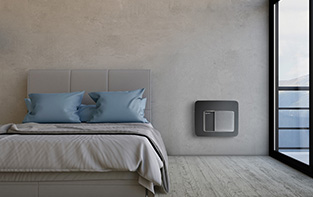
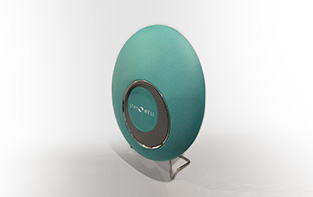
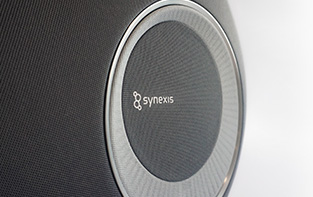
Awarded product design
Defortec and its client, Synexis, received the prestigious design award reddot 2020 for adapting the pioneering technological innovation inside to a unique, brand shaping geometry on the outside. Both products were able to impress the jury by following the developed design system thoroughly thus being recognized as a product family even though they are based on very different basic geometries.
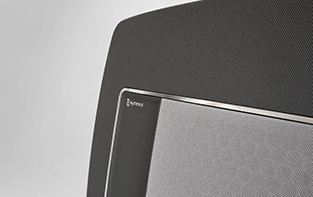
Weitere Rubriken
Good to know...
simplify the understanding of design Glossary
Das Fühlen (Tasten), also die Haptik spielt beim Produkt Design eine große Rolle. Durch die Haptik werden emotionale Reize wach. Beispielsweise wirken glatte Oberflächen oftmals kalt und raue Oberflächen geben ein verletzendes Signal. Die Haptik ist ein sehr wichtiger Aspekt, Oberflächen und Verpackungen sollen sich für den Menschen angenehm und vertraut anfühlen. Somit muss in einem erfolgreichen Produkt-Design die optische, akustische und haptische Wahrnehmung im Einklang sein. Das Haptik-Design ist ein Komplex aus verschiedenen haptischen Urteilsprozessen. Die fühlbaren Eigenschaften eines Produkts spricht sie Sinne der Kunden und Zielgruppe an.

